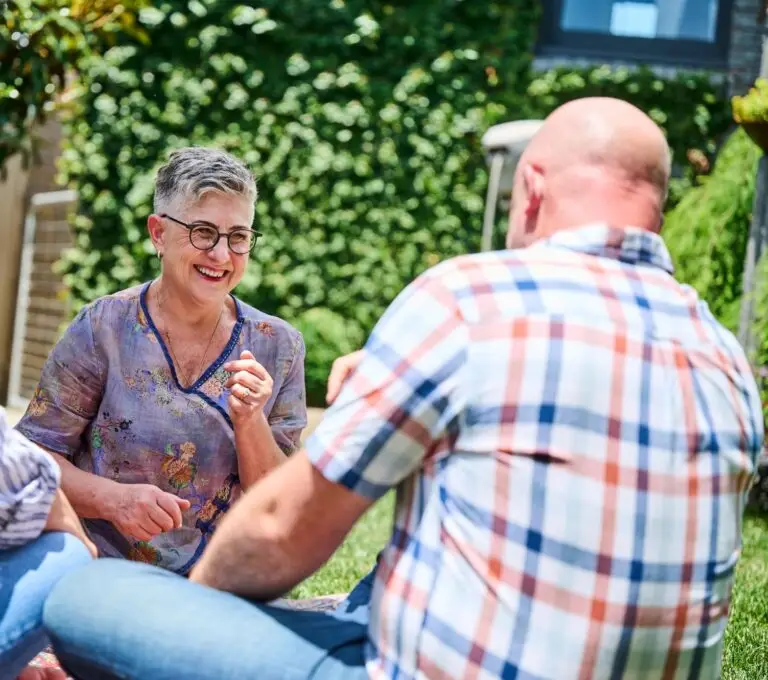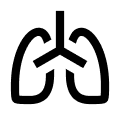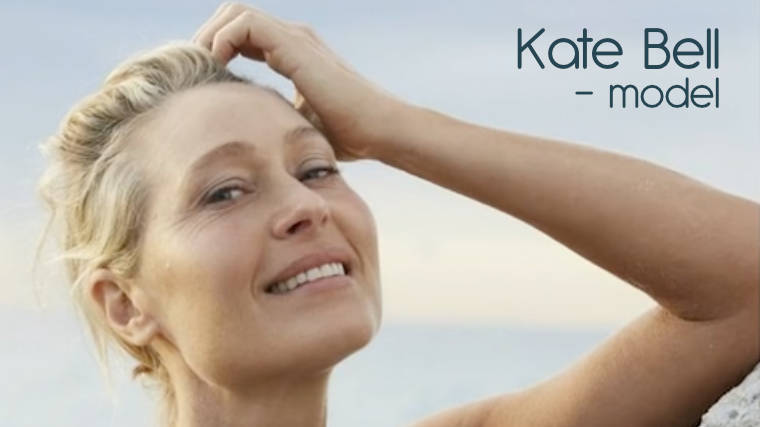

Learn a simple, proven way to improve your breathing and boost your health, energy, and wellbeing.
Start your journey to better living today.
Book a breathing consultation online or in-person in Cairns.
Book a FREE 15-Minute Chat with Mim to discover how better breathing can transform your health & wellbeing.
Believe it or not, many of us breathe in ways that aren’t helpful, which can affect our sleep, stress levels, fitness, and overall wellbeing.
The good news? With the right guidance, you can learn to breathe better and feel better!

Enhance sleep quality and duration. Wake refreshed.

Explore this powerful sequence of breathing exercises.
Achieve greater calm, clarity, energy, and focus.

Receive expert guidance with Buteyko coach, Mim Beim.

The Buteyko Breathing Method is a proven, science-backed way to retrain the way you breathe—calming your nervous system, improving oxygen delivery, and supporting your health in powerful ways.
Named after Ukrainian doctor Konstantin Buteyko, this method recognises that many health issues stem from chronic over-breathing—or taking in more air than the body actually needs.
BreatheWell is the name I’ve given to my approach to teaching the Buteyko Method. With over 20 years of experience, I offer practical, personalised breathing retraining to help you feel better—naturally.
Rather than encouraging deep breathing, I teach gentle, nasal, diaphragmatic breathing—so you can breathe less, but better.
Buteyko breathing helps you tap into the full power of your breath to improve your health and quality of life. Whether you’re looking to boost your overall wellbeing or manage specific issues like asthma, sleep problems, anxiety, or breathing difficulties, the Buteyko Method offers simple, proven techniques that can make a real difference.
By retraining your breath, you can restore balance to your body—supporting better sleep, calmer nerves, more energy, and fewer symptoms. It’s a gentle shift that delivers lasting results.

Achieve the deep sleep your body needs. Enjoy a full night's rejuvenating sleep. Wake up refreshed and ready for the day ahead.

Calm your mind. Increase clarity of thought, focus and concentration. Improve cognition, memory and learning ability.

Soothe your nervous system. Modulate the flight or fight reaction and regulate your response to stressful situations.

Manage asthma and sinus naturally with proven Buteyko Breathing Techniques. Reduce the need for medication.
Treat snoring and minimise sleep apnoea. Breathing retraining helps restore healthy night-time breathing patterns.
Improve your physical performance. increase stamina, strength & endurance. Reduce recovery time.
Your Buteyko journey is personal, and I’m here to guide you every step of the way.
Whether you’re just starting or ready to go deeper, BreatheWell offers flexible, supportive options to help you breathe better—your way.
—Essentials—
A self-paced introduction to the Buteyko Breathing Exercises, understand your breathing patterns, and receive guided support.
—Transform Your Breathing—
A self-paced online course that fits into your schedule—learn Buteyko exercises at your own pace, build healthy habits, and feel the difference.
—Foundations—
This comprehensive course—available online and in-person—gives you the tools to enhance your breathing and overall wellbeing.
—1:1 Private Coaching—
Need personalised guidance? Work directly with me, Mim Beim, to get a tailored breathing plan and expert naturopathic support.
Price: A$185
Practice Makes Progress. Strengthen Your Breathing Skills with Ongoing Support.
—eGym Classes—
Now that you’ve completed a BreatheWell Course, it’s time to put your skills into practice. Think of the eGym as a gym for your breath—just like you train your body for fitness, here you’ll train your breath for better sleep, focus, and wellbeing. I’ll guide you every step.
*Completion of any BreatheWell Course required.
Price: A$20*
Book a Free 15-Minute BreatheWell Consultation

Kate Bell shares how Buteyko Breathing has helped her feel calmer and more confident during castings and auditions.
Thank you to my precious Buteyko teacher, Mim Beim who started me on the wonderfully succinct and speedy path to getting off asthma medication and improving my physical and emotional health and well-being to levels I never thought possible. My health has just gotten better and better. Such a worthwhile practice and I am forever grateful
- Samantha
When I was waiting for my presentation at the conference, my heart was jumping out of my chest. I started practising the breathing technique you suggested and magically I was able to calm myself in a matter of minutes.
- Caitlyn
I knew I wasn’t breathing correctly. Found Mim’s course! It has changed so many aspects of my health already. Loved the course, found Mim to be friendly, funny and extremely supportive.
- Deb
I normally huff and puff climbing stairs and I can’t walk and talk at the same time! The Buteyko breathing is making awesome improvements. My energy levels are improving and my shoulders are not so stiff.
- Adam
I like science and practicality in a course. Mim delivered both. I had read books about breathing but found doing the course invaluable. A week down and I’m already starting to feel a shift in my breathing.
– Jacqui

Hey Mim. The breathing course was AMAZING and I can’t thank you enough. Already have been sleeping better, eczema is calmer and I feel relaxed.
– Brie

My snoring is getting better and better, and I will keep up the exercises until it stops completely. I can’t wait to see if my sleep apnea has gone also when I do another sleep study.
- Matthew

Thanks for a fantastic course, I am really feeling the benefits of the breathing exercises - great stuff.
- Catherine
Thanks for a fantastic course, I am really feeling the benefits of the breathing exercises - great stuff.
- David
When Mim suggested I try breathing exercises for my asthma I was very hesitant. I think I thought it would be much harder than it actually was. After a few days I was shocked to find I had stopped using the reliever medication that I relied on heavily, and my breathing continues to improve.
- Susan
Studying the Buteyko Method with Mim Beim was like receiving a lifeline to a calmer way of being. Mim expertly guides you through the process and she does so with plenty of empathy, insight and calm. I feel so lucky to have found Mim and have recommended her to many friends. I’m eternally grateful.
- Edwina
Thank you Mim for showing me the way to better health with the Buteyko method. I now sleep better and feel wonderful. Thank you from the bottom of my heart for sharing your knowledge and putting me on the path to good health and enjoyment of life.
- Cheryl
Get quick answers to help you feel confident starting your breathing journey.
Buteyko Breathing, as taught in BreatheWell, is a therapeutic, science-backed method designed to reset dysfunctional breathing patterns.
While it shares benefits with yoga breathing and meditation—like calming the nervous system and supporting overall health—Buteyko focuses on retraining your body’s breathing receptors through neuroplasticity.
If you’ve found meditation challenging because you can’t switch off your mind, BreatheWell might offer the structure and results you’ve been looking for.
The BreatheWell eGym is a dedicated space to practise your breathing exercises with expert guidance—like a gym for your breath.
Led by me in every session, these 30-minute classes help reinforce the techniques you’ve learned and keep you on track. With over 15 classes offered weekly, it’s easy to fit breathing into even the busiest schedule.
Most people see the best results with 3 or more classes per week, then scale back to 1–2 weekly for maintenance. You’ll start with 5 free classes to build momentum, and from there, you can purchase packs—or join ClubMIM for unlimited access.
It’s breathing, consistency, and self-care—all in one place.
Yes—I recommend starting with a BreatheWell Course first, especially if you're new to Buteyko.
That’s where you’ll learn the core breathing exercises and the science behind why they work—how they help recalibrate your breathing centres and support your health through neuroplasticity. Understanding the ‘why’ makes all the difference.
Once you’re confident with the techniques, the BreatheWell eGym is a great way to practise, refine, and keep progressing.
Before you join the BreatheWell eGym:
To get the most out of your eGym classes, it’s important that you’re already familiar with the key breathing exercises we use. That’s why I ask everyone to complete one of the options below:
This way, you’ll come in familiar with the exercises and ready to focus on establishing better breathing patterns.
How often you attend BreatheWell eGym Classes depends on your needs and goals.
Daily – Breathing Re-Training
If you're currently in a course or have just completed one, daily practice helps rewire long-held breathing patterns and lays a strong foundation for lasting change.
2–3 Times a Week – Breathing Re-Set
Ideal for managing specific challenges like asthma, anxiety, snoring, sleep apnoea, or chronic pain. This rhythm supports steady progress and helps build resilience—especially in high-stress environments.
Weekly – Ongoing Self-Care
If your breathing is in a good place, a weekly class helps you stay in tune. It’s a chance to recalibrate, support your nervous system, and keep building on the progress you’ve made.
Not sure which course is right for you? Check out this quick guide to help you decide.
| Essentials | 21-Day Course | Foundations | One-to-One | |
|---|---|---|---|---|
| Investment | $49 | $165 | $295 | $185 |
| Delivery | Online | Online | Online or In-Person | Online or In-Person |
| Format | Self-paced | Self-paced | Small group | One-on-one |
| Daily Commitment | N/A | 6–15 mins | 30 min. eGym | As Scheduled |
| Duration | 90 minutes | ~240 minutes | 2 x 120-minute sessions | 60-minute session |
| Live Q&A with Mim | ✔ | ✔ | ✔ | ✔ |
| Bonus eGym Classes | 1 | 2 | 2 | 2 |
| What You'll Learn | Buteyko Breathing Exercises | Buteyko Breathing Exercises + Deeper dive into theory/science | Same material as the 21-day Course, taught live | Tailored Buteyko Breathing support + Optional Naturopathy |
| Ages | 12+ years | 12+ years | 12+ years | 6+ years |
| Includes Naturopathic Support | ❌ | ❌ | ❌ | ✔ |
| Recommended If You Want | Quick intro to Buteyko | Self-paced flexibility | Guided, live support | Customised approach |
Special Bonuses:
✔After completing Essentials, if you want to dive deeper, you'll get $49 off the other BreatheWell Courses (either the 21-Day or the Foundations Course).
✔All BreatheWell Courses come with a 15% discount off the purchase of your first BreatheWell eGym Class Pack to keep the momentum going.
Have more questions? Schedule a Free 15-minute chat with me here.
We were designed to breathe through our noses, not our mouths. While mouth breathing is possible, it bypasses key immune defences in the nasal cavity and tonsils—making you more vulnerable to viruses and infections. Nasal breathing also delivers about 10% more oxygen to your body and brain, which supports energy, focus, and overall health.
Breathing through your nose helps filter dust and bacteria, increases nitric oxide (which boosts circulation and immune function), and keeps your mouth from drying out—reducing the risk of cavities, gum disease, and bad breath. It also warms and humidifies the air, which protects your lungs and can reduce symptoms of asthma or wheezing.
In contrast, mouth breathing is linked to snoring, sleep apnoea, dry mouth, and even poor concentration.
Prioritising nasal breathing can make a big difference to your wellbeing—day and night.
Myotape is a soft, stretchy tape designed to gently encourage nasal breathing during sleep—without sealing your mouth completely. It was created by my teacher, Patrick McKeown, and it's a safe, effective way to support healthy breathing at night.
Mouth taping helps train your body to breathe through your nose while you sleep, which can reduce snoring, improve sleep quality, and support overall health. It’s a key part of the Buteyko Breathing approach, especially when combined with breathing retraining exercises from a BreatheWell Course or the BreatheWell eGym.
If the idea feels strange at first, try wearing the tape for short periods before bed—while reading or watching TV—just to get used to the sensation. You’ll find it more comfortable than expected, and for many people, it leads to the best sleep they’ve had in years.
